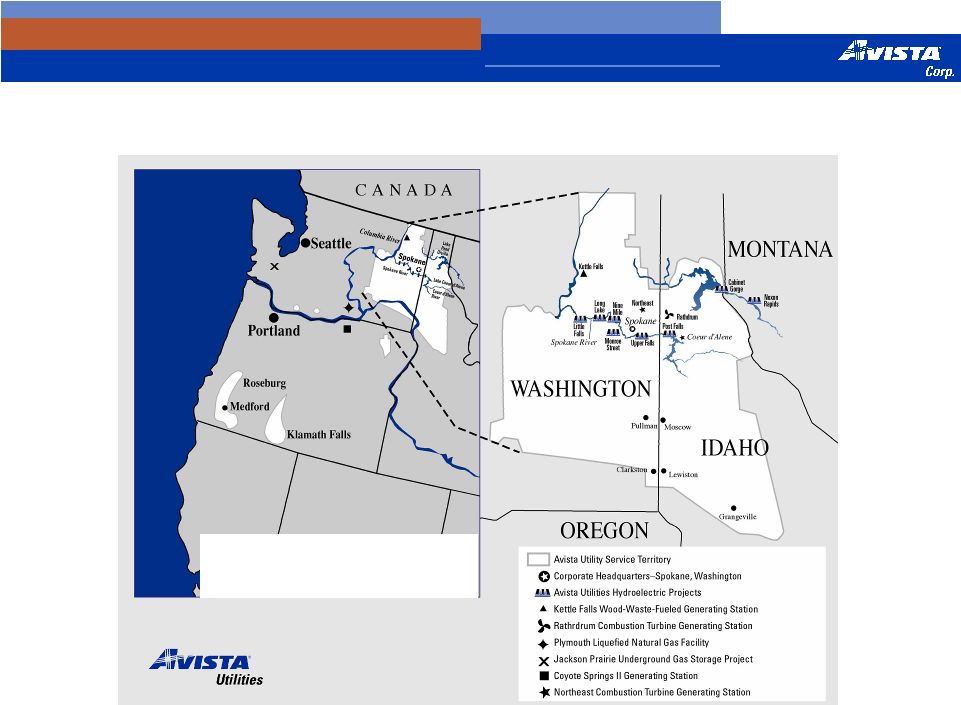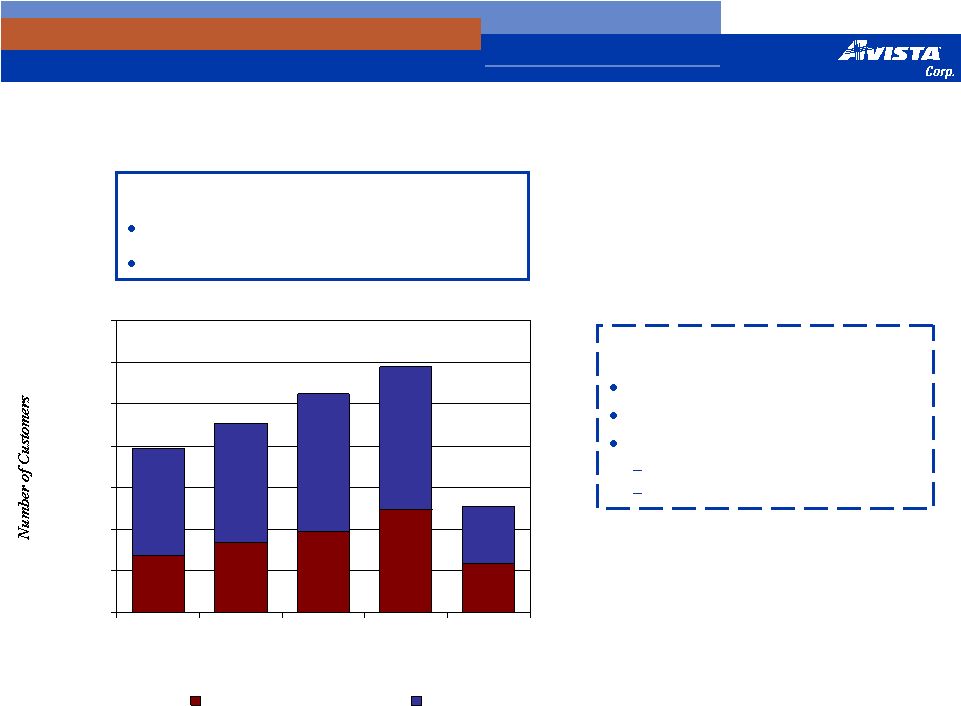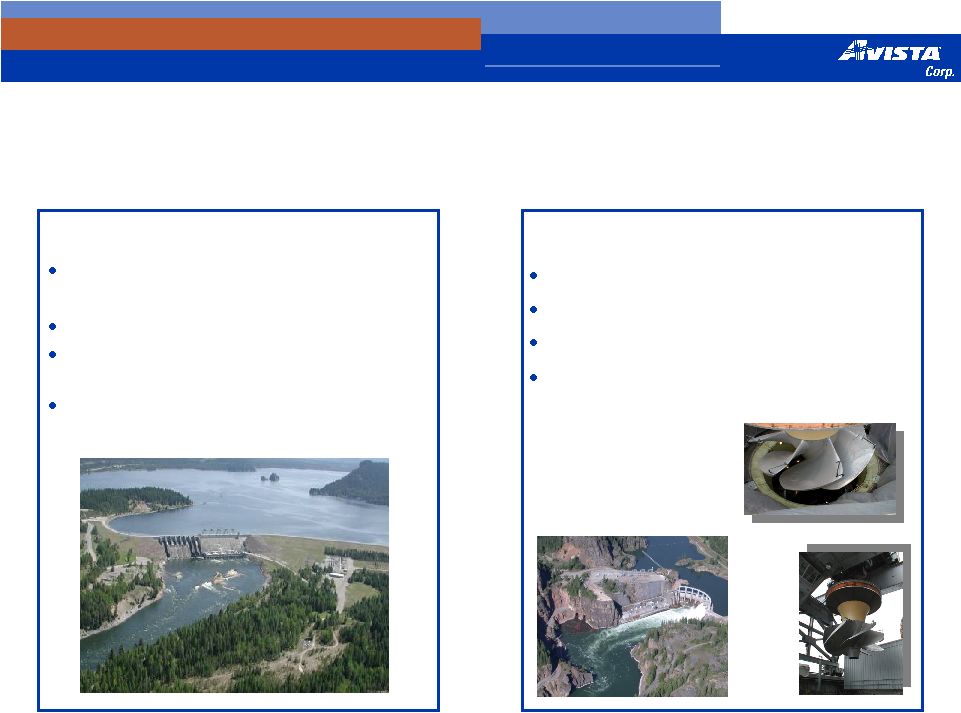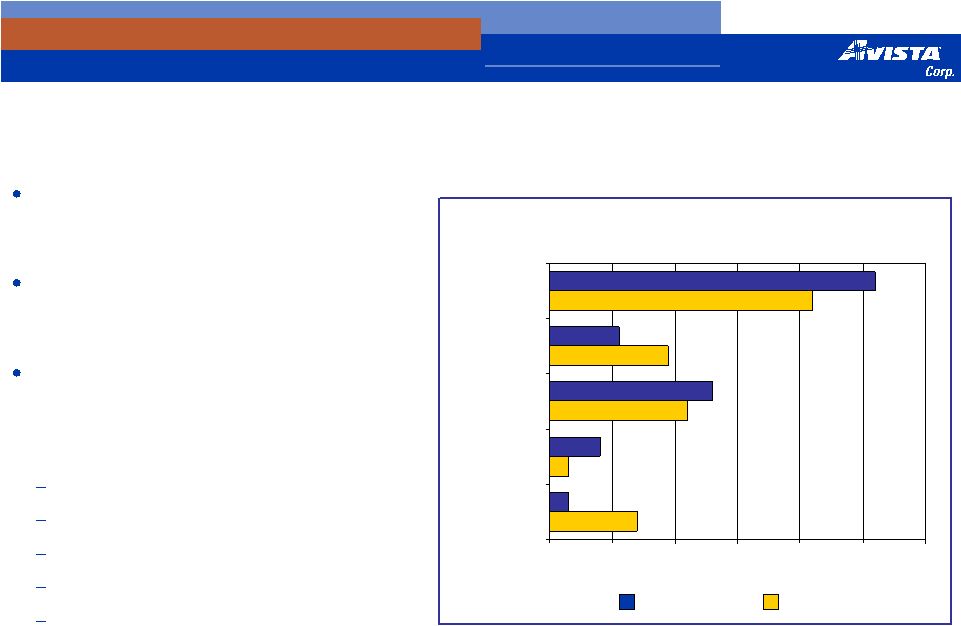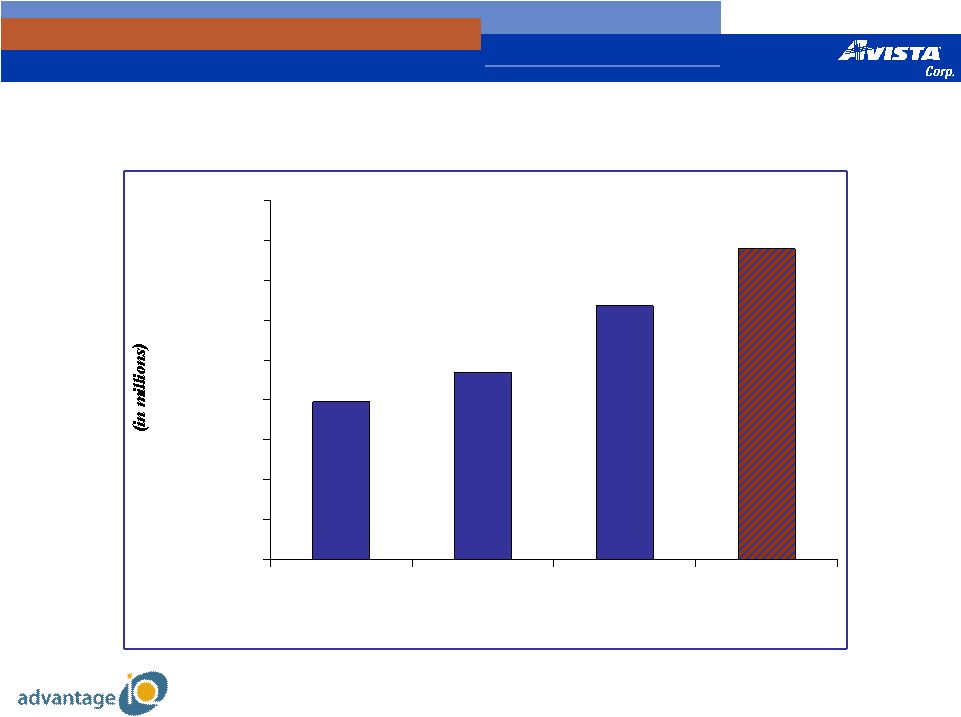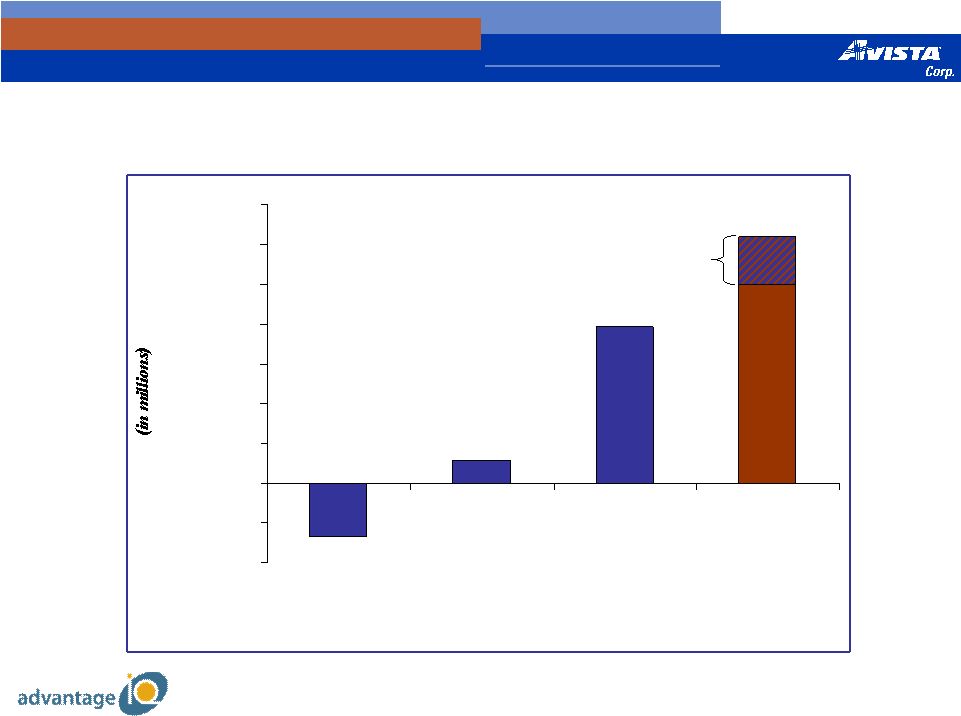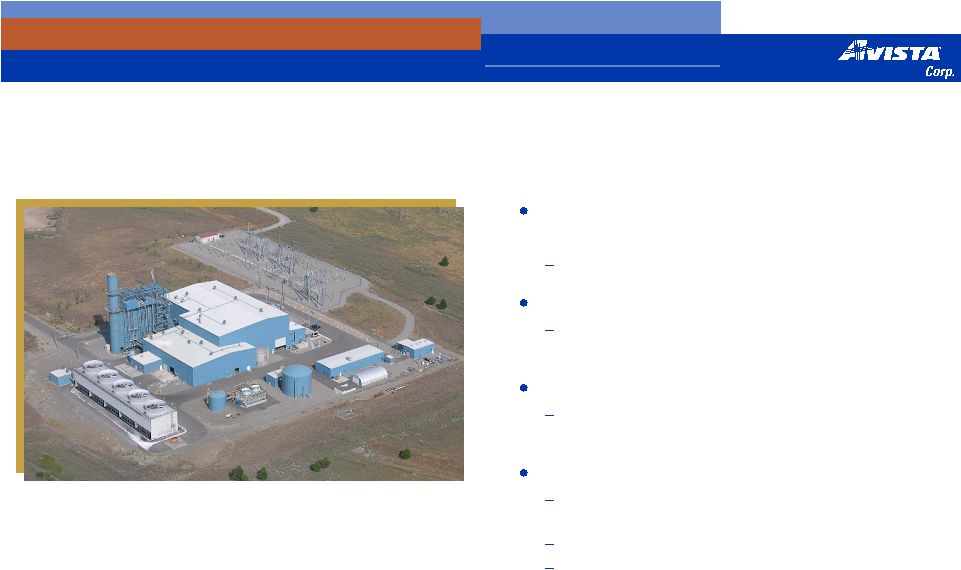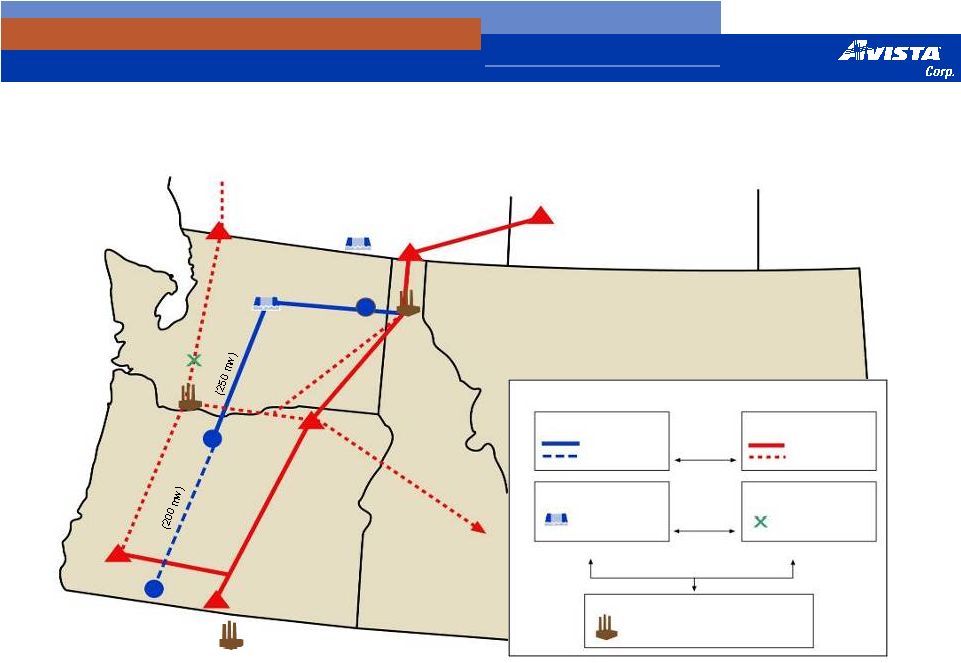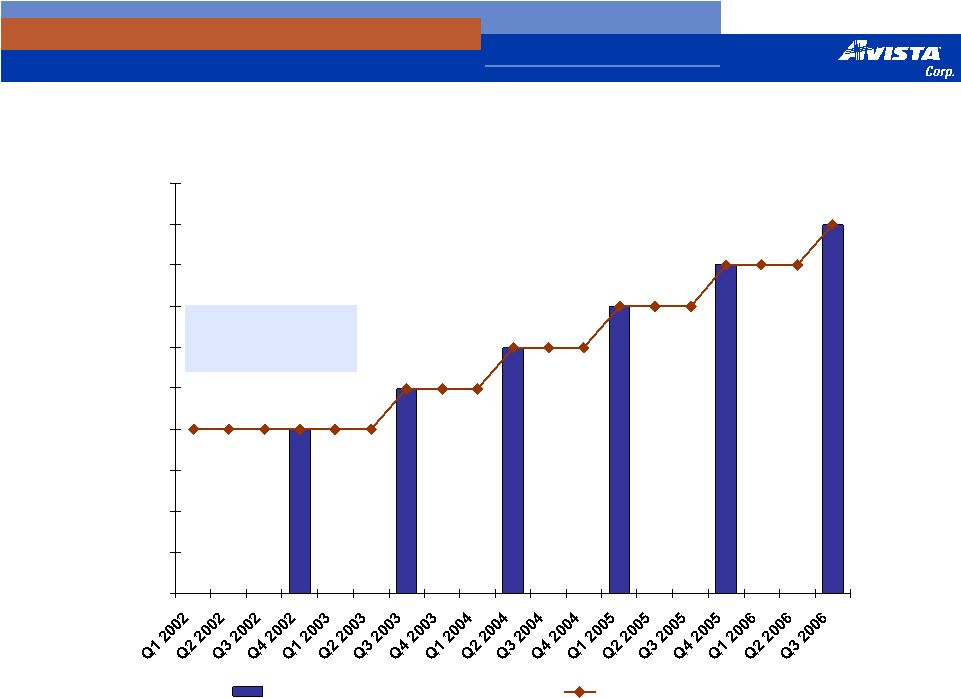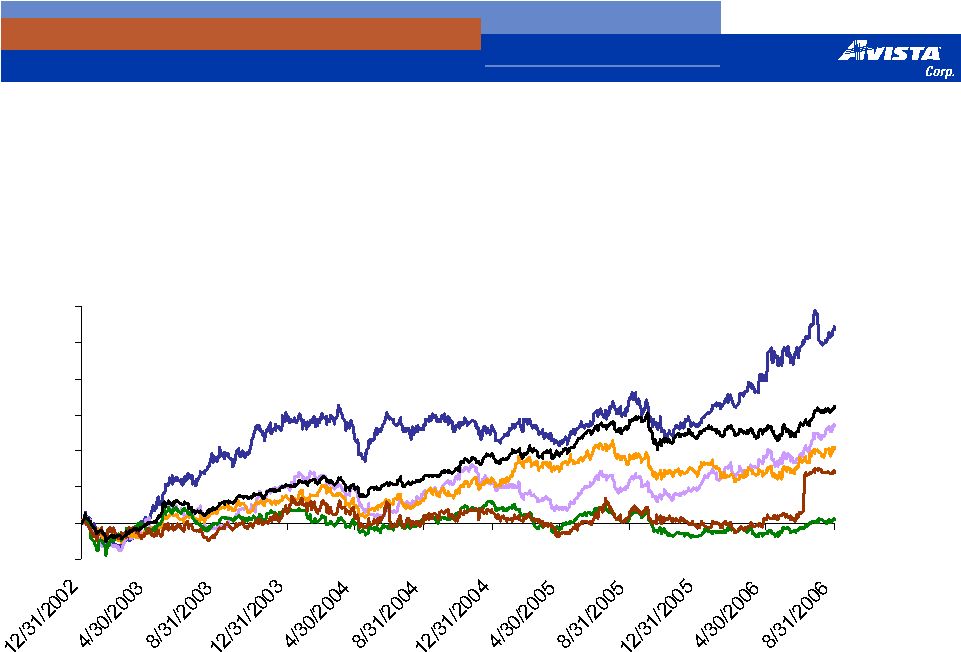33 We answer to you. This presentation contains forward-looking statements, including statements regarding the company’s current expectations for future financial performance and cash flows, capital expenditures, the company’s current plans or objectives for future operations, future hydroelectric generation projections, projected energy deficits in future periods and other factors, which may affect the company in the future. Such statements are subject to a variety of risks, uncertainties and other factors, most of which are beyond the company’s control and many of which could have significant impact on the company’s operations, results of operations, financial condition or cash flows and could cause actual results to differ materially from the those anticipated in such statements. The following are among the important factors that could cause actual results to differ materially from the forward-looking statements: weather conditions, including the effect of precipitation and temperatures on the availability of hydroelectric resources and the effect of temperatures on customer demand; changes in wholesale energy prices that can affect, among other things, cash requirements to purchase electricity and natural gas for retail customers, as well as the market value of derivative assets and liabilities and unrealized gains and losses; volatility and illiquidity in wholesale energy markets, including the availability and prices of purchased energy and demand for energy sales; the effect of state and federal regulatory decisions affecting the ability of the Company to recover its costs and/or earn a reasonable return; the outcome of pending regulatory and legal proceedings arising out of the “western energy crisis” of 2001 and 2002, and including possible retroactive price caps and resulting refunds; changes in the utility regulatory environment in the individual states and provinces in which the Company operates as well as the United States and Canada in general; the outcome of legal proceedings and other contingencies concerning the Company or affecting directly or indirectly its operations; the potential effects of any legislation or administrative rulemaking passed into law, including the Energy Policy Act of 2005 which was passed into law in August 2005; the effect from the potential formation of a Regional Transmission Organization; wholesale and retail competition; changes in global energy markets; the ability to relicense the Spokane River Project at a cost-effective level with reasonable terms and conditions; unplanned outages at any Company-owned generating facilities; unanticipated delays or changes in construction costs with respect to present or prospective facilities; natural disasters that can disrupt energy delivery as well as the availability and costs of materials and supplies and support services; blackouts or large disruptions of transmission systems; the potential for future terrorist attacks, particularly with respect to utility plant assets; changes in the long-term climate of the Pacific Northwest; changes in future economic conditions in the Company’s service territory and the United States in general; changes in industrial, commercial and residential growth and demographic patterns in the Company’s service territory; the loss of significant customers and/or suppliers; failure to deliver on the part of any parties from which the Company purchases and/or sells capacity or energy; changes in the creditworthiness of customers and energy trading counterparties; the Company’s ability to obtain financing through the issuance of debt and/or equity securities; the effect of any potential change in the Company’s credit ratings; changes in actuarial assumptions, the interest rate environment and the actual return on plan assets with respect to the Company’s pension plan; increasing health care costs and the resulting effect on health insurance premiums paid for employees and on the obligation to provide postretirement health care benefits; increasing costs of insurance, changes in coverage terms and the ability to obtain insurance; employee issues, including changes in collective bargaining unit agreements, strikes, work stoppages or the loss of key executives, as well as the ability to recruit and retain employees; changes in rapidly advancing technologies, possibly making some of the current technology quickly obsolete; changes in tax rates and/or policies; and changes in, and compliance with, environmental and endangered species laws, regulations, decisions and policies, including present and potential environmental remediation costs. For a further discussion of these factors and other important factors, please refer to the company’s Annual Report on Form 10-K for the year ended Dec. 31, 2005 and Quarterly Report on Form 10-Q for the quarter ended June 30, 2006. The forward-looking statements contained in this presentation speak only as of the date hereof. The company undertakes no obligation to update any forward-looking statement or statements to reflect events or circumstances that occur after the date on which such statement is made or to reflect the occurrence of unanticipated events. New factors emerge from time to time, and it is not possible for management to predict all of such factors, nor can it assess the impact of each such factor on the company’s business or the extent to which any such factor, or combination of factors, may cause actual results to differ materially from those contained in any forward-looking statement. | 


